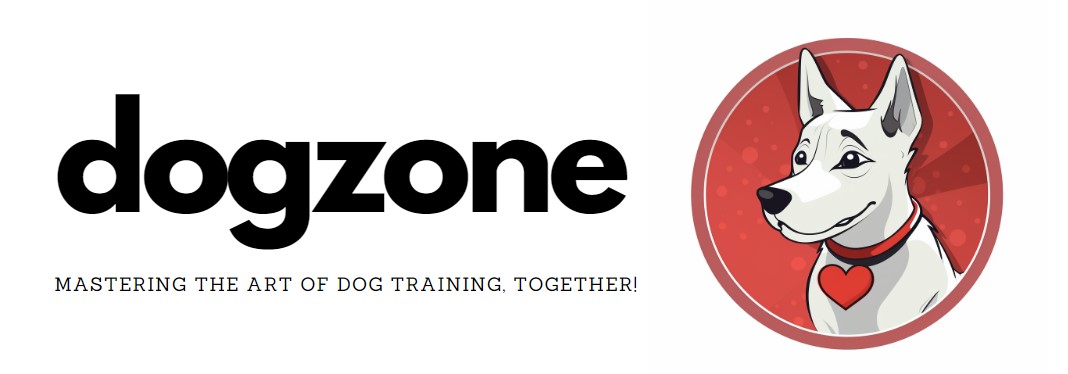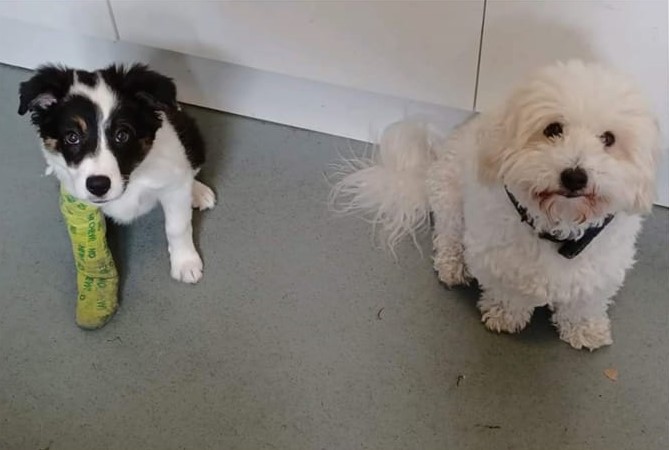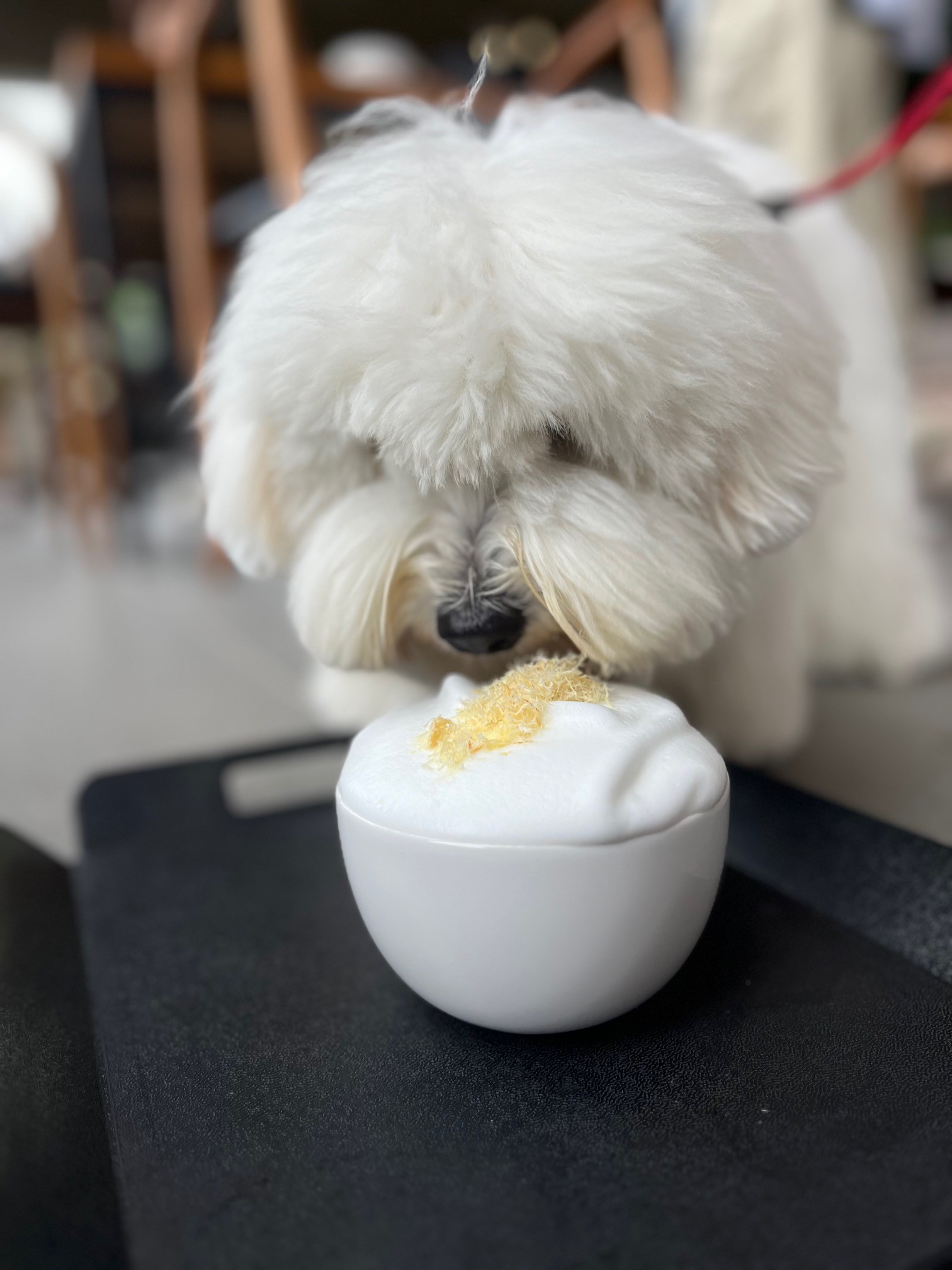As dog owners the responsibility is ours to make sure our dogs are safe at all times. You may be surprised how many hazards there are around our homes which might not be a risk to us, but can prove lethal to our dogs.
Chocolate is one of them, but there are lots more!
The dog in the photo above had her leg caught in a door while she tried a daring puppy escape – just one of the unfortunate events which can occur with a puppy. Thankfully the owner was insured, and the puppy has now bounced back to full health and boundless Border Collie energy!
In this guide we’ll look at how to keep our dogs safe, and address all the common household hazards to be aware of.
Why Australian dogs are more at risk in modern times
I’m sure it comes as no surprise our dogs have become more like family members in recent years.
A generation or two back and dogs were usually relegated to the back yard, and this was considered the norm rather than being mean and non-inclusive. These days our dogs are far more likely to live indoors (even in our beds!), which has opened up a number of risks which we must be aware of as conscientious dog owners!
The number of dogs living in apartments has also dramatically increased due to pet friendly developments springing up all around Australia and a more relaxed attitude towards dogs.
When we bring our furry kids (yes, we are all guilty of indulging in a little anthropomorphism) in to our home environments we need to consider their safety.
Where to start – Common sense & Doggy proofing
Spend some time “dog-proofing” the space they have access to in order to minimise the risk for accidents by removing or locking up chewable and toxic objects. Sounds like such a common sense idea but you would be surprised how many times our clients report yet another chewed shoe or bag despite having been given advice to remove all enticing objects from the puppy’s reach.
Spend some time “dog-proofing” the space your dogs have access to in order to minimise the risk for accidents,
This can be done by removing or locking up chewable and toxic objects. I’ll get into more of this later, but for now have a look around your home – what could be a danger to your dog?
Most hazards sounds like common sense, but you would be surprised how many times our clients report yet another chewed shoe or bag despite from simply not thinking of these things as hazards to our dogs.
Yes, there is no substitute for good old common sense when it comes to preventing accidents! Most seasoned dog owners have learned from experience, so if you’re a new puppy owner then it’s a case of staying alert and training your mind!
Practice prevention by placing off-limit objects in a safe place where your dog can’t get to them.
Common Dangers – Items you definitely want to keep out of your dog’s reach
Take a mental note (or print this page out!) – here are 12 common dangers to our dogs in almost every home:
Chocolate
Every one knows this one, right? The vet has told you time and time again – chocolate is toxic for dogs!
I hear people say: “My dog stole a whole block of the stuff and there was nothing wrong with him”. But my answer is this: “Maybe you were lucky this time, but next time you might not be so lucky”.
Put it this way – if your child ate a toxic item and didn’t end up having his stomach pumped (lucky), would you allow him to continue playing with the toxic stuff and run the risk of poisoning?
Plants, plant bulbs
There is a long list of plants that can be toxic and / or cause gastrointestinal upsets.
You can research the plants that are common in Australian garden online or talk to your vet. In fact there’s an excellent guide on the Foodie Pooch website on Dog friendly plants in Australia which will help you fill your home with safe dog-friendly plants!
Keeping your dog away from any plants you’re unsure of is a wise course of action.
You can also teach your dog from day one that it is not ok to chew or dig up any plants. If you are not sure how, enlist the help of a reputable dog trainer (or hit YouTube for training tips!)
Medicines and Household Cleaners
Keep all chemicals and medicines locked or way out of reach of your dog. A small prescription bottle could seem like a fun toy that rattles, but if you dog cracks it open, the consequences could be disastrous.
Always be careful with pills and medicines as it’s easy to drop one on the floor without realising. You dog might see it as a tasty treat, but with serious consequences.
Household and Office Items
Plastic bags, plastic ties, balloons, rubber bands, electrical cords, tinsel, string, paper clips, needles, pencils, and any sharp object could be dangerous if your dog ingests it.
If in doubt, keep it out of your dog’s reach!
Leftover food
Cooked bones, especially chicken and turkey are a choking hazard. Because they tend to split there is danger of puncture to internal organs. Keep your dog away from trash at home, be watchful at the park and teach them to leave the food they find on the ground.
This is especially the case with children, as they’ll often discard food somewhere where your dog will find it before you. This has been the case with our daughter, so we’re especially careful if she’s eating a chicken drumstick or chocolate.
Children’s toys (& dogs toys)
Kids toys are another choking hazard. Make sure you have plenty of dog toys around so that your pooch has something to play with too.
On the subject of dogs toys, make sure you pay the extra for durable toys like Kong. Safety regulations in Australia for dog toys are slack, and many vets deal with dogs who have chewed up cheap toys resulting in choke hazards or bits of plastic stuck in the intestines.
In my experience, my dog Maisy can chew up a cheap toy in under a minute – so please take this warning seriously.
Electric Wires and Cords
Walk around the parts of the house accessible to your dog and make sure all cables and electrical wires are well hidden. If possible, make sure electrical cables are safely tucked away behind furniture, or if this isn’t possible try not to use power sockets which could prove a danger.
Antifreeze
Dogs find the taste of antifreeze appealing. Sounds crazy doesn’t it, but what’s common sense for us isn’t to our dogs.
Unfortunately, antifreeze can be deadly. If your dog ingests even a small amount of this stuff, call your veterinary clinic immediately.
Rat Poison
This is another toxic substance our dogs are strangely drawn to.
I personally found this out many years ago when I visited a winery in Western Australia. While speaking with the owner my dog made his way to a bin and pulled out some discarded rat poison. Thankfully I caught him immediately and no harm was done, but it’s a very good example of the care we need to take with our dogs at all times.
Call your vet if you suspect your dog has come into contact with rat poison.
Heatstroke
Our dogs are far more susceptible to heat stroke than we are, and only a few minutes in a hot car can (and sadly does) prove fatal. Even leaving your dog tied up outside in the shade can prove fatal as it doesn’t take long for a shady spot to become full sun.
Never leave your dog in the car when it is warm.
If you leave your dog outside for any amount of time, make sure you have a supply of fresh cool water available for him at all times.
Leash Management
It is important to physically control your dog when you are out in public space. Always use leash management to keep your dogs safe.
When out and about keep in mind your dog doesn’t wear shoes, so watch out for broken glass and sharp objects.
Never walk your dog on hot tarmac or sand. Or better yet, on hot days only walk your dog early morning or in the evening when it’s cooler.
Car Travel
Harness and secure your dog when in the car to help prevent injury should you be in a collision. Did you know you can be charged with animal cruelty if your dog isn’t secured within your vehicle?
Prevention is the key when it comes to keeping your dog safe and enjoying a lifelong companionship with him. If you have any question or suggestions, I’m always totally open to feedback, comments, and ideas – just use the comments box below!
Hugs,
Gina & Maisy



Leave a Reply